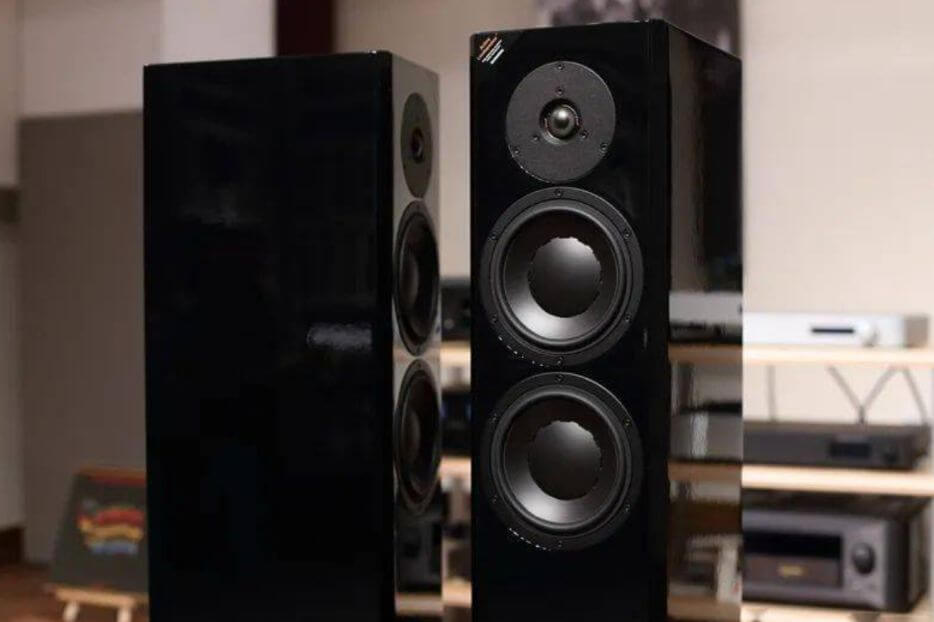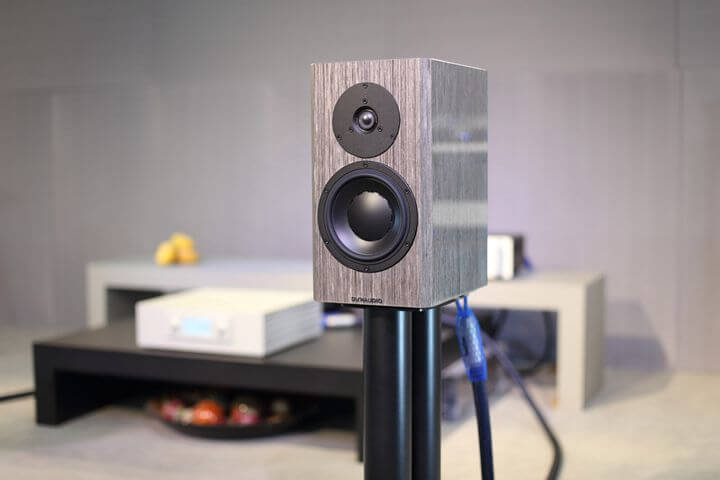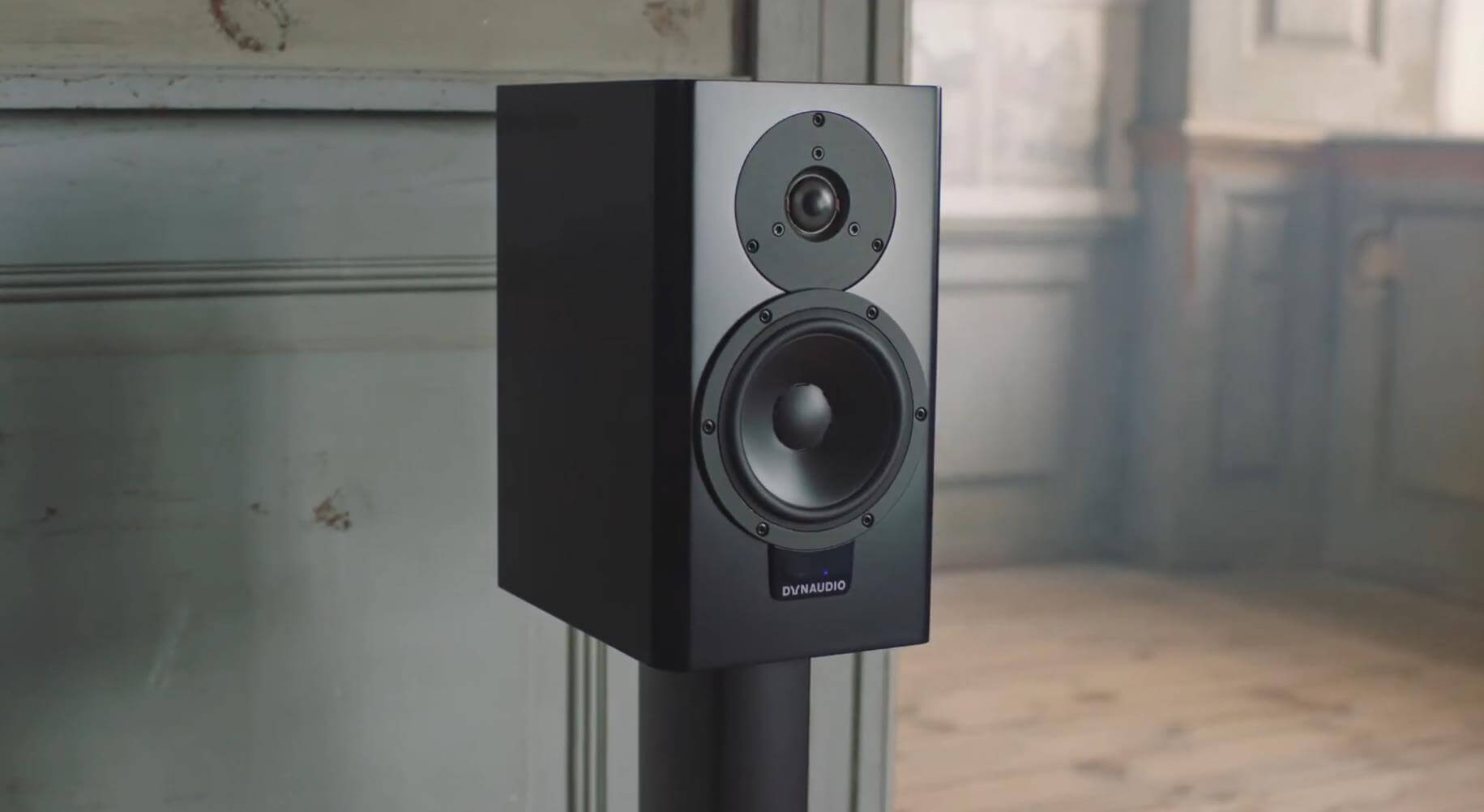Understanding the Differences Between Multi-Way and Single-Way Driver Speakers
When building an audio system, selecting the right speakers is crucial. There are two main types of speakers: single-way driver and multi-way. Understanding the differences between these two types of speakers is essential for making an informed decision. In this article, we’ll explore the characteristics of each type of speaker, the pros and cons of each, and which one is right for you.
What are Single Driver Speakers?
Single-way driver speakers, or full-range speakers, use only one driver to handle all frequency ranges. This means that the same driver produces all frequencies, from low to high. Single-driver speakers come in various sizes, from small bookshelf speakers to large floor-standing models.
The driver is typically a cone-shaped diaphragm, reproducing sounds across the entire frequency spectrum. These speakers have been around for a long time and were the most common type of speakers before the advent of multi-way speakers.
Advantages of Single-way Driver Speakers
One of the biggest advantages of single-way driver speakers is their simplicity. Because they use a single-way driver, there is no need for a crossover network, which can often introduce distortion and other unwanted artifacts into the sound. This simplicity also means that single-driver speakers can be less expensive than their multi-way counterparts.
Another advantage of single-way driver speakers is that they often excel at reproducing midrange frequencies. This makes them well-suited for acoustic music, jazz, and other genres where the midrange is critical.
Disadvantages of Single-way Driver Speakers
One of the biggest disadvantages of single-way driver speakers is their limited frequency range. Because they use a single-way driver, they cannot produce deep bass or high treble as effectively as multi-way speakers. If you’re looking for a speaker to reproduce electronic music or other genres with many basses, there may be better choices than single-driver speakers.
Another disadvantage of single-driver speakers is their need for a soundstage. Because the same driver produces all frequencies, creating a sense of space and depth in the sound cannot be easy.
What are Multi-Way Speakers?
Multi-way speakers, on the other hand, use multiple drivers to reproduce sound. These drivers are typically divided into different frequency ranges, each responsible for producing a specific range of frequencies.

For example, a typical 3-way speaker would have a woofer for bass frequencies, a midrange driver for midrange frequencies, and a tweeter for high frequencies. Larger multi-way speakers may include additional drivers for an even greater frequency range.
One example of a popular multi-way speaker is the Dynaudio Evoke 30 floor-standing speaker.
Advantages of Multi-Way Speakers
One of the biggest advantages of multi-way speakers is their ability to reproduce a wide range of frequencies. Because different drivers are responsible for other frequency ranges, multi-way speakers can produce deep bass and high treble with greater accuracy than single-driver speakers.
Another advantage of multi-way speakers is their ability to create space and depth in the sound. By using different drivers to reproduce different frequencies, multi-way speakers can create a more realistic soundstage, which can be especially important for classical music and other genres that rely on a sense of space and depth.
Disadvantages of Multi-Way Speakers
One of the biggest disadvantages of multi-way speakers is their complexity. Because they use multiple drivers and a crossover network, more components can introduce distortion and other unwanted artefacts into the sound. This complexity also means that multi-way speakers can be more expensive than single-driver speakers.
Another disadvantage of multi-way speakers is that they can be more difficult to set up and optimize. Because there are multiple drivers and a crossover network, getting everything working together seamlessly can be challenging. That can be especially true if the speaker needs to be properly positioned or the room acoustics could be better.
Which Type of Speaker Is Right for You?
Now that we’ve explored the pros and cons of each type of speaker, the question remains: which one is right for you? The answer depends on your specific needs and preferences.
If you’re looking for a straightforward speaker and you primarily listen to music that does not rely heavily on deep bass or high treble, a single-way driver speaker may be the best choice. These speakers are often less expensive than multi-way speakers, and they can be a great option for those who prioritize midrange accuracy and simplicity.

On the other hand, if you’re looking for a speaker that can reproduce a wide range of frequencies with greater accuracy and want to create a more immersive soundstage, a multi-way speaker may be the best choice for you. These speakers can be more complex and expensive, but they offer greater versatility and can be a great choice for those listening to a wide range of music genres.
Conclusion
In conclusion, understanding the differences between single-way drivers and multi-way speakers is essential for selecting the right speaker for your needs. While single-driver speakers offer simplicity and midrange accuracy, there may be better choices for those who prioritize deep bass and high treble.
Multi-way speakers offer a greater frequency range and can create a more immersive soundstage, but they can be more complex and expensive. Ultimately, the choice between these two types of speakers comes down to personal preference and the specific needs of your audio system.
FAQs
Can I use multi-way and single-way driver speakers together?
While it is technically possible to use multi-way and single-way driver speakers together, it is generally not recommended as they may need to blend better together.
Multi-way speakers typically have a more complex frequency response and require a crossover network to divide the audio signal, making it difficult to match the sound of a single driver speaker. In addition, mixing different types of speakers can create phase issues and other sonic inconsistencies that may negatively affect the sound quality.
Do multi-way speakers sound better than single-way driver speakers?
The answer to this question depends on your personal preference and listening environment. Multi-way speakers are designed to handle a broader frequency range, which can result in more accurate and natural sound reproduction. However, single-way driver speakers have a more coherent sound and are often easier to position in a room, leading to better sound quality.
Ultimately, deciding which type of speaker sounds better will depend on several factors, including the size and acoustics of your room, the kinds of music or audio content you listen to, and your preferences for sound quality.
Are multi-way speakers more expensive than single-way driver speakers?
Yes, multi-way speakers are generally more expensive than single-way driver speakers. This is because multi-way speakers require a more complex design, with multiple drivers and a crossover network to divide the audio signal. In addition, multi-way speakers may require more advanced manufacturing techniques and higher-quality components to achieve higher performance levels.
However, this rule has some exceptions, and it is possible to find both multi-way and single-driver speakers at various price points.
Can single-way driver speakers handle low frequencies?
Single-way driver speakers can handle low frequencies but may not reproduce them as accurately as multi-way speakers. This is because single-way driver speakers are typically designed to handle a wide range of frequencies, which can result in a more coloured sound and less accurate reproduction of lower frequencies.
In addition, single-driver speakers may not handle as much power as multi-way speakers, which can further limit their ability to reproduce low frequencies accurately.
Are multi-way speakers better for home theatre systems?
Yes, multi-way speakers are generally better for home theatre systems than single-driver speakers. Home theatre systems typically require a broader frequency range and higher power levels than other audio systems.
Multi-way speakers are better equipped to handle these requirements, with multiple drivers and a more complex design allowing more accurate and natural sound reproduction. In addition, multi-way speakers are often better suited to larger listening environments, common in home theatre systems.
